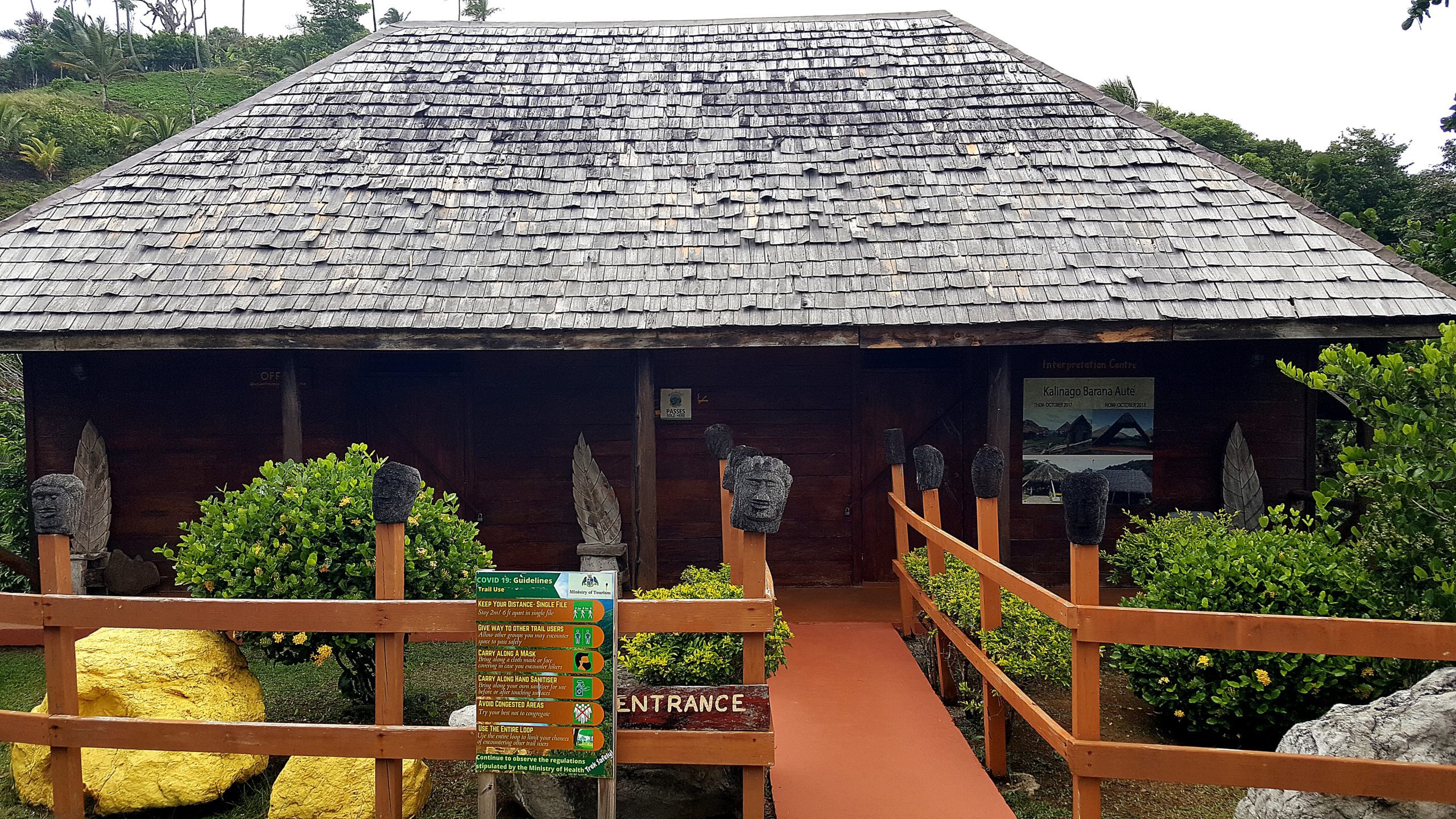Even as Dominica aims to earn the distinction of being “the world’s first climate-resilient nation,” following the devastating hurricane season of 2017, the slogan appears increasingly elusive as key sectors, agriculture in particular, gear up for what appears to be a rough ride.
Difficulties occur despite the relatively recent establishment of a Climate Resilience Execution Agency for Dominica (CREAD) and initiatives such as ‘Build Back Better’ which focused on more resilient infrastructure.
The island more recently launched a new “brand identity” to promote greater international awareness of its value as an eco-tourism destination, even amidst fears, especially in the face of the emerging climate crisis, that insufficient resources may slow recent advances and sideline the longstanding value of domestic food production.
Ahead of last Novembers UNFCCC Conference of Parties (COP26), Prime Minister Roosevelt Skerritt lamented the fact that while such an event “has been going on for a very long time for over 30 years … we have not seen any tangible actions on the part of the developed world. There is lots of money, but they’re not getting to us.”
The country’s Citizen by Investment (CBI) programme is however providing a modest alternative. General developmental works are being financed by an Economic Diversification Fund (EDF) under the programme, while CBI real estate investments focus on hotel, spa, and villa development.
It is rough going for the sector, though. At the height of the pandemic, between 2020 and 2021, hotel occupancy was between 0% and 5%, according to President of the Dominica Hotel and Tourism Association (DHTA) and General Manager of Rosalie Bay Resort, Avril Coipel.
There are now signs of a rebound. The Ministry of Tourism, in the last budget, received an allocation of US$66 million to fund its operations and another US$2.2 million for tourism projects.
On the agenda are the boosting of airlift into the island, expanded hotel capacity, and the rehabilitation of several natural sites popular among visitors.
Contrastingly, and despite increased injections into agriculture and reported growth in national output, there are concerns that in the Kalinago Territory which thrives on farming, and which has been affected time and again by severe weather events, the sector can be left behind as a priority.
The International Organization for Migration (IOM) has been active in the Territory, in the north-east of the island, keeping an eye on sustainability issues in the hard-hit food production sector.
The agency believes more needs to be done at both the global and national levels.
IOM Communication Specialist, Maxine Esprit suggests a financial mechanism is needed to aid in the development of appropriate adaptation technologies that will help the island withstand the impact of climatic disasters in all sectors.
She says that “within the UN system, it is something that has been recognised that the largest economies, the industrialised nations have contributed the most to climate change. But very often smaller and developing states like ours, like those in the Pacific, often … bear the brunt of climate change and the effects of climate change.”
Even so, Kalinago Senator, Anette Sanford, an opposition parliamentarian, suggests that while countries like Dominica were not the primary cause of the climate crisis and international finance is needed, there are gaps in their own responses.
“There are many factors that affect climate change and climate resilience and how we approach it,” she said. “We have absolutely no control over them (the causes), but there are measures that we can (take) to prevent it.”
Other leading members of the island’s indigenous Kalinago Territory are fearful that even as alternative avenues for development are being pursued, their contribution to domestic food production and exports face the threat of being undervalued.
As a rural farming community, the Kalinago have for decades contributed significantly to national food supplies. In recent years, they have shifted to heavier cultivation of hardy root crops. Root crops, such as cassava and yam, are able to withstand climate hazards better than other types of agriculture.
The community comprises eight villages in the north-east of the island’s windward Atlantic coast.
When the Caribbean Investigative Journalist Network (CIJN) visited the territory, there was concern that the challenges of more frequent and severe weather events and changing market conditions for exports, pose serious challenges for farming communities across the island, especially their own.
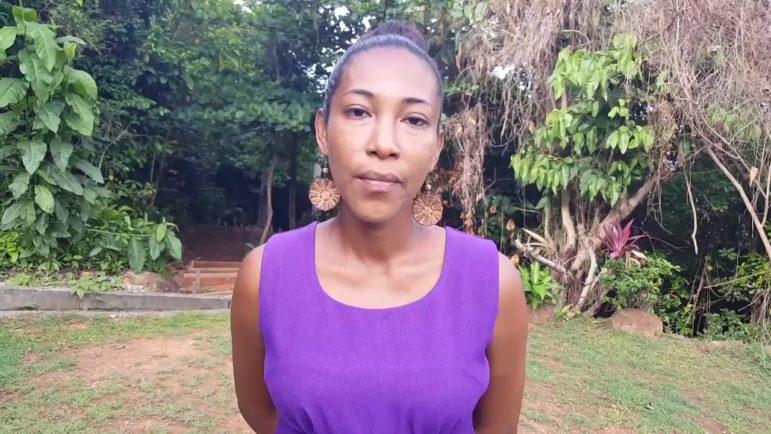
government to provide more inputs to Kalinago farmers, in order to enhance productivity and boost supply.
She said in an interview with CIJN that “the two major factors that we’re seeing (are) natural disasters and our leadership.”
“If we look at our agriculture ministers over the last 10 years,” the senator argued, “I would say they’re very incompetent (and) haven’t done much to really bring back agriculture.”
“There’s been a lot of focus on tourism, and food security (and while) we are talking about food security right now, in the advent of COVID-19, we haven’t done very well, in that,” she said.
The official figures however point to successive years of positive growth in the sector, expanding by 2.1% between 2019 and 2020 while livestock and forestry grew by 2% over the period.
There nevertheless remains the contention that the Territory has not experienced similar gains.
Senator Sanford insists that the opportunity provided by the advent of the COVID pandemic to boost and improve food security, appears to have been missed.
“I would blame our leaders for not taking a more proactive approach to agriculture in Dominica. And as a matter of fact, it affects the entire country,” she said.
By contrast, the eco-tourism sector is moving ahead with longstanding targets. PM Skerritt acknowledged in his 2021-2022 national budget address that continuing initiatives in the tourism sector had been badly affected by the pandemic.
“In this severely constricted environment, in an attempt to maintain a tourism product, while ensuring the safety of visitors and nationals alike, the Government launched two programmes—Safe in Nature and Work in Nature,” he said.
“Both programmes focus on allowing visitors to experience the beauty of this country and are expected to increase visitor arrivals and sustain the livelihoods of the operators in the tourism industry.”
The Safe in Nature certification programme was launched in October 2020. Over 70 properties have since been certified as Safe in Nature accommodation.
Prior to this, the ‘Work in Nature Programme’ was launched in March 2020 providing visitors with the opportunity to live and work in Dominica.
“This programme,” the Prime Minister said, “lends itself to tremendous opportunities for Dominica in the foreseeable future, as a new tourism product.”
The prospects for sustainable tourism were also discussed on June 23 when Financial Secretary Denise Edwards met with members of the European Parliament and support for the country’s pursuit of sustainable tourism was received.
Meanwhile, in the Kalinago Territory, and even as he acknowledges government efforts to improve the situation farmer David Graneau, argues that without a more effective approach from the government, the economy of the Kalinago Territory can collapse.
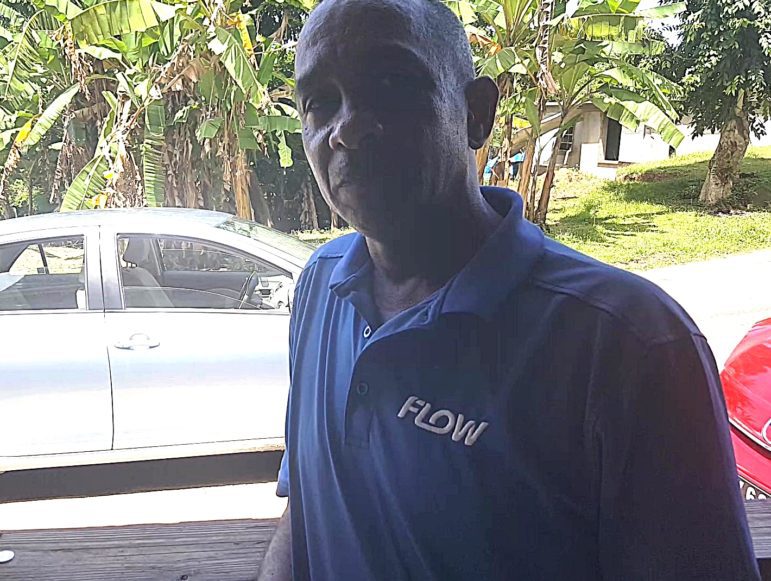
“In the Kalinago territory, they give manure, they gave some input,” he said. “Some farmers got a lot of input under the World Bank programme where they give farmers inputs and materials, spray machines, or whatever, some people did get that. So, that he has the zeal to go back. Because without that we could not really push.”
There also remains regret by some in the community that a project designed to achieve a level of energy self-sufficiency through solar power came to an abrupt halt in 2017 when Hurricane Maria struck and is yet to come back on stream.
The project was conceptualised during the tenure of former Kalinago Chief, Garnett Joseph. It was an EC$1.4 million (US$520 million) undertaking which saw the collaboration of energy stakeholders and central government.
The plan was to make the Kalinago Territory a hub of renewable energy – providing electricity mainly to persons who have no access to electricity and living off grid. Joseph said the plan was for state electricity company, DOMLEC, to purchase energy from the territory to reduce its dependence on fossil fuel energy generation.
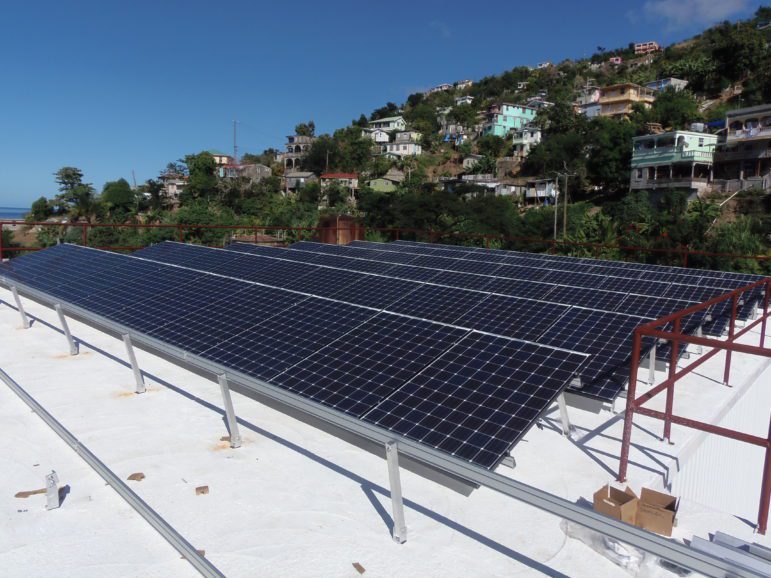
Most of the solar panels were however destroyed in 2017. All was not lost however, and Joseph says an engineer who assessed the damage of the equipment claimed there was enough equipment to build a plant that would generate 60% of the territory’s required energy.
Joseph laments that to date, no efforts have been taken by the government to revitalise this project, and use the existing equipment, which lies untouched in storage containers.
“I wanted to make the territory, the first community, not only in Dominica but the entire Caribbean to be totally dependent on alternative energy sources,” he said. There have actually been similar projects in Guyana.
The IOM has meanwhile been helping ensure there are water and energy backup supplies in the event of another emergency.
Esprit explained that access to energy is closely linked to good communication, especially at times of disaster. The community remained essentially cut off from the rest of the country during the crisis of 2017.
“We also acknowledge that communication is practically a human right. It is one of the things that is very important for people’s psycho-social health, and for their ability to put things in place for them to be able to recover quickly. So, yes, access to renewable energy, both from the standpoint of resilience and affordability,” she said.
There however remain concerns that the Kalinago economy has not really grown over the years. Sitting Kalinago Chief Lorenzo Sanford, did not respond to interview requests, but his predecessor, Joseph, ventured a terse conclusion of his own: “No.”
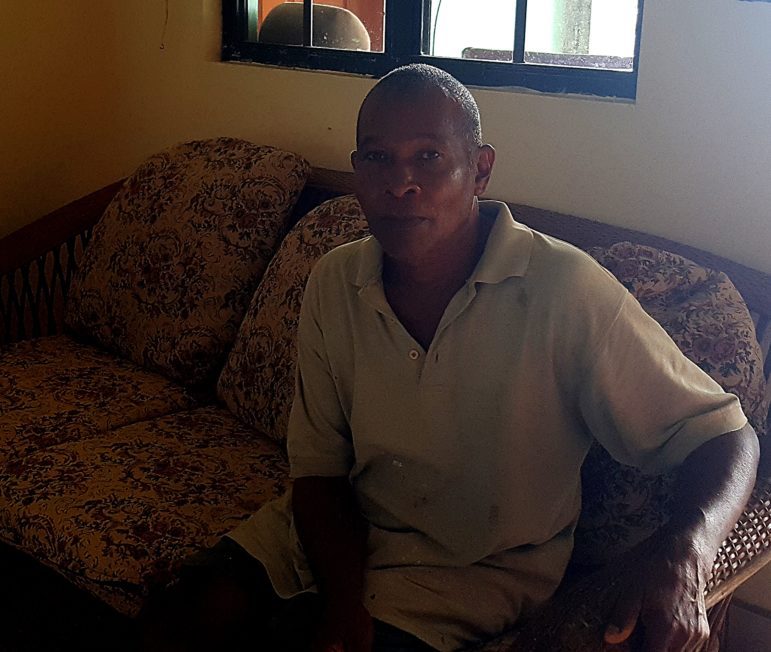
He drew a comparison in both supply and market availability for Kalinago farmers in the 1980s compared to the most recent decades, stating that the community had been more financially stable back then.
He lays blame on both the central government and the people for becoming too relaxed and accustomed to being provided with a market for their produce, rather than doing their own research and networking.
Garnett believes Kalinago farmers should consider doing their own research and secure their own markets for their produce.
Respected Kalinago farmer and former opposition UWP Senator Claudius Sanford, says the key to success would be to increase economies of scale and marketability through branding of the farms.
“We have the authenticity of indigenousness of our tribe, and with it comes some advantages,” he said. This, he added can help create niche markets in the neighboring islands of Martinique and Guadeloupe.
He said there were possibilities “even within the whole Dominican context, where we can package better, we can bring the quality a little better, and the variety a little better and then in that we can encompass a good brand of the Kalinago products.”
Better marketing of Kalinago produce is also a concern of farmer, Murphy Frederick. He laments what he claims is an absence of direct assistance from the state.
“What I’d be able to tell them (government),” he said, “is try to help the farmers because the farmers are suffering, because we have families to feed, we have bills to pay and at the end of the day, if all this stuff continues, we can’t grow food, because we can’t sell it and all the right things for export is just isn’t right here.”
There are also issues of land tenure to be addressed. Esprit says it is an issue that needs to be quickly resolved. State policy does not permit individual ownership of Kalinago lands. This, in turn, restricts access to financing and investment in new and expanded farming projects.
A growing population on land comprising a mainly inhospitable rain forest and a lack of economic opportunity by the youth are producing the seeds of what many predict will be the socio-economic collapse of the community.
It does not help that, regionally, the outlook for more severe weather events including drought and harsh hurricane seasons, is among increasing evidence of the impact of the climate crisis.
Disparities between sectors and communities highlight the uneven impact of the crisis and measures instituted to address it. In the major farming communities of St Joseph and Salisbury, for instance, the communal land tenure system of the Kalinago does not exist.
And though eco-tourism may experience the breakthrough projected, there is little so far to suggest that the island’s original people will partake of a proportionate share of the national pie.
This project supported by Open Society Foundations
